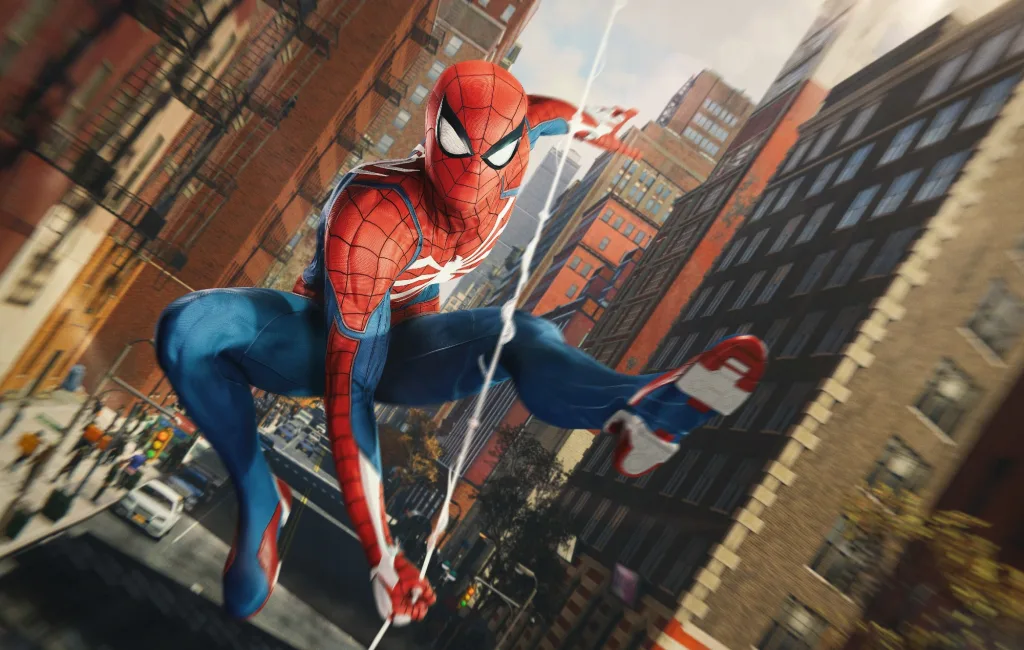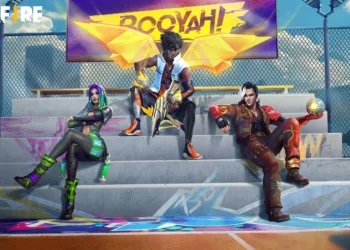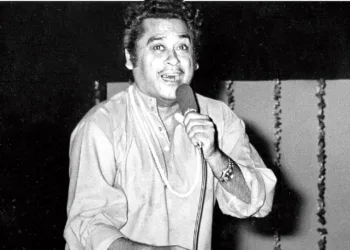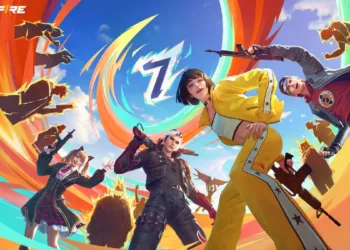With 36 Spider-Man video games released to date, the web-slinger has delivered countless memorable moments that have shaped gaming history. From groundbreaking web-swinging mechanics to emotional storytelling peaks, these games have captured the essence of Peter Parker’s dual life better than any other medium. Today is Spider-Man Day, which is an excellent opportunity to reflect on the webslinger’s lasting impact and commemorate the video game moments that defined his digital escapades.
Gaming experts have identified six standout moments that showcase why Spider-Man games continue to set industry standards, spanning from classic 8-bit adventures to modern PlayStation exclusives.
Table of Contents
Top 6 Most Iconic Spider-Man Gaming Moments
| Game | Year | Platform | Iconic Moment | Why It Matters |
|---|---|---|---|---|
| Return of Sinister Six | 1992 | NES | First Spider-Man Experience | Childhood gateway to web-slinging |
| Spider-Man 2000 | 2000 | PS1/PC | Scorpion Boss Fight | Perfect blend of urgency and strategy |
| Ultimate Spider-Man | 2005 | Multi-platform | Electro Battle as Venom | Cel-shaded visual masterpiece |
| Web of Shadows | 2008 | Multi-platform | Dark Path Choice System | First moral complexity in Spidey games |
| Marvel’s Spider-Man | 2018 | PS4/PS5 | NYC Free-Roam Swinging | Revolutionary open-world mechanics |
| Spider-Man 2 | 2023 | PS5 | Playing as Venom | Ultimate power fantasy realization |
1. Childhood Dreams Realized: Return of Sinister Six (1992)
For many gamers, NES’ Spider-Man: Return of the Sinister Six represented their first digital encounter with the web-slinger. Despite being just a 20-minute experience, this 8-bit adventure captured imaginations and established the template for future Spider-Man games.

What Made It Special:
- First opportunity to “live as Spider-Man” in gaming
- Wall-crawling mechanics that felt revolutionary for the era
- Fighting iconic villains without guides or tutorials
- Pure childhood wonder that created lifelong fans
2. Strategic Perfection: Spider-Man 2000’s Scorpion Fight
Spider-Man 2000 was everything a Spidey game should have been. It opened with a dialogue from Stan Lee, featured actual stealth mechanics, had web shooting that wasn’t just a reskinned gun, and had multiple epic boss fights with many iconic Spider-Man villains.
The Scorpion boss fight exemplified perfect game design through environmental interaction and time pressure. Players had to protect J. Jonah Jameson while battling the menacing villain, creating genuine urgency that elevated the combat beyond simple button-mashing.
Key Design Elements:
- Environmental objects as weapons (throwing sofas at Scorpion!)
- Dual objectives: defeat villain and protect civilian
- Witty dialogue that captured Spider-Man’s personality
- Visual threat escalation that increased tension
3. Visual Storytelling: Ultimate Spider-Man’s Electro Battle
Ultimate Spider-Man was so cool. Modeled after the beloved comic-book run of the same name, the 2005 release fused a cel-shaded animation style with a panelized narrative structure and added a dollop of punk rock energy for good measure.
The Electro confrontation in Times Square became a visual masterpiece, enhanced by the game’s unique cel-shaded art style. Players controlled Venom rather than Spider-Man, creating an unexpectedly powerful narrative moment.
Innovative Features:
- Weather as emotional storytelling (storm mirrors character tension)
- Playing as the “villain” for narrative impact
- Collateral damage mechanics that felt consequential
- Visual spectacle that rivals modern games

4. Moral Complexity: Web of Shadows’ Dark Path
Web of Shadows flipped the script, and as a kid with a lot of emo energy, this was perfect for me. It gave me full control of the story I wanted to write in a video game.
For the first time, a Spider-Man game offered genuine moral choices that affected gameplay and story. Players could embrace the symbiote’s influence, transforming Peter Parker into something darker and more ruthless.
Revolutionary Choices:
- Red suit (heroic) vs. black suit (villainous) gameplay paths
- NPCs reacting differently based on player choices
- Combat mechanics that rewarded brutality when playing “evil”
- Character relationships changing based on moral decisions
5. Technical Marvel: Marvel’s Spider-Man’s City Traversal
The first time I tried Marvel’s Spider-Man from Insomniac Games, I instantly knew it was one of those games I’d never get bored with. It kicks off with a tutorial teaching you how to swing through the towering high-rises of NYC.
Insomniac Games perfected web-swinging mechanics to create the most satisfying traversal system in gaming history. The feeling of momentum, the visual spectacle of New York City, and the intuitive controls combined to make traveling more enjoyable than the destinations.
Technical Achievements:
- Physics-based web-swinging that feels authentic
- Seamless transitions between air and ground movement
- Photo-realistic New York City recreation
- Movement so satisfying players avoid fast travel entirely
6. Power Fantasy Peak: Spider-Man 2’s Venom Gameplay
Playing as Venom in Insomniac Games’ Marvel’s Spider-Man 2 is the pinnacle of Spidey thrills. The “Don’t Be Scared” mission, in which Harry Osborn hulks into the toothy symbiote, is a chaotic masterpiece.
The Oscorp lab sequence where players control Venom represents the ultimate power fantasy. Unlike Spider-Man’s acrobatic precision, Venom’s combat emphasizes raw destruction and overwhelming force.

Venom’s Unique Appeal:
- Tendril attacks that clear entire rooms
- Ground-slam abilities with massive area damage
- Bullet-catching and redirecting mechanics
- Emotional weight of Harry’s transformation
The Evolution of Spider-Man Gaming
These moments showcase how Spider-Man games have evolved from simple side-scrollers to complex narrative experiences. From the ground-breaking Spider-Man 2 (2004), which revolutionized open-world web-swinging, to Insomniac Games’ Marvel’s Spider-Man (2018), a masterclass in storytelling and gameplay, creators have both honored and elevated the source material.
What Makes Spider-Man Games Special
Character Authenticity: Great Spider-Man games capture Peter Parker’s wit, responsibility, and acrobatic grace Technical Innovation: Each generation pushes boundaries in movement mechanics and open-world design
Emotional Resonance: The best moments combine spectacle with genuine character development Player Agency: Modern titles let players experience both Spider-Man’s heroism and his darker temptations
The Future of Web-Slinging
With advancing technology and storytelling techniques, future Spider-Man games will likely explore even deeper character complexity while delivering increasingly spectacular gameplay moments. The foundation built by these iconic scenes continues to influence game design across the industry.
Discover more gaming insights and reviews at TechnoSports Gaming. For comprehensive coverage of superhero games and PlayStation exclusives, explore our gaming section.
Frequently Asked Questions
Q: Which Spider-Man game has the best web-swinging mechanics and why?
Marvel’s Spider-Man (2018) by Insomniac Games is widely considered to have the best web-swinging mechanics in gaming history. The physics-based system requires actual attachment points for webs, creating authentic momentum and weight that feels true to the character. The free roam is so good that you will either forget about the fast travel mechanic or never use it while playing Marvel Spider-Man. The controls are intuitive yet deep, allowing for complex aerial maneuvers, wall-running transitions, and environmental interactions that make traversing New York City more enjoyable than the missions themselves. The visual polish and seamless animation systems create an unparalleled sense of speed and grace that captures the essence of being Spider-Man.
Q: What makes playing as Venom in Spider-Man 2 so different from regular Spider-Man gameplay?
Playing as Venom in Marvel’s Spider-Man 2 offers a completely different power fantasy compared to Spider-Man’s acrobatic heroics. Venom’s combat is a love letter to sheer force, encapsulating the symbiote’s “smash first, ask questions never” vibe, as opposed to Spider-Man’s agile web-dancing. Venom’s abilities focus on overwhelming destruction – tendril attacks that clear entire rooms, ground-slam maneuvers with massive area damage, and the ability to catch and redirect bullets. The emotional weight of Harry’s transformation adds narrative depth, while the raw brutality creates a cathartic release from Spider-Man’s typically restrained heroics. This contrast makes the Venom segments feel like playing an entirely different character rather than just a costume change.








